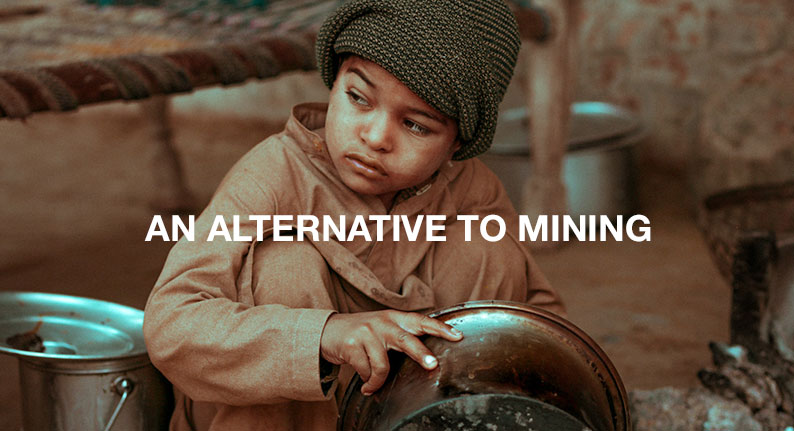Tungsten Metal Profile
12 Apr, 2020 5:46 AM / by Quek Leng Chuang

Tungsten. It’s one of the many metals we recover at Environmental Solutions (Asia). Here is an outline of the origin and applications of this precious metal.
1. Facts and figures
- Chemical name W74
- Name of the metal comes from Swedish language, meaning “heavy stone”
- Highest melting point of all the elements discovered, 3422 degrees Celsius
- Highest boiling point of all the elements discovered, 5930 degrees Celsius
- Very dense, comparable with gold and uranium
- Heaviest element known to be essential to any living organism
2. Natural occurrence and mining

Tungsten, also called Wolfram, is a rare, silver-white and lustrous metal. In its raw form, it is brittle and not easy to process.
Tungsten is mostly found in China, South Korea and Russia. Also, the UK, Bolivia and the 2 US states California and Colorado show some Tungsten resources. However, 80% of the world’s supply of Tungsten comes from China as resources in this country are most abundant (1,900,000 tons of reserves). Worldwide, we still have 3,300,000 tons of reserves. China was not only the world’s leading Tungsten producer but also consumer and exporter. New countries like Vietnam now also start to exploit their tungsten resources as demand is still rising. Tungsten is known to be a conflict mineral, financing military conflicts especially in the DR Congo. Therefore, it is not advisable to buy Tungsten from unknown sources as it fuels war and suffering of people. This is also one of the reasons why we include Tungsten in our base and precious metal recycling operations. Find out more about it on our homepage.
3. Applications
Around half of the whole Tungsten worldwide is used to produce Tungsten carbide. This then serves several uses in materials which must be particularly hard, for example in snowmobiles, weights for fishing tickles, knives and other cutting tools. Tungsten is comparably heavy which imposes higher fuel costs on military operators. Still it is a preferred metal especially for the fabrication of weapons, missiles, etc. due to its hardness. This is why many countries classify Tungsten as a critical strategic element. As Tungsten is so hard, diamond cutting tools are necessary in order to shape it.
The other half of Tungsten serves its use in alloys and steels, with a small share being used in chemical applications for example as a lubricant. The jewelry industry uses Tungsten carbide mainly for rings. As it is harder than gold, it also poses special challenges for jewellers processing it.
In former times, Tungsten filament was also critical for light bulbs, that are now increasingly replaced by other means of lighting as they lose 97% of energy only due to heat emissions and not for actually for the provision of light.

4. An Alternative to Mining
Environmental Solutions (Asia) helps companies to turn the cost of managing their waste materials to potential revenue. For more information, please contact us.
Topics: Metal Waste, Reimagining Sustainability
Written by Quek Leng Chuang
LengChuang is a chemical engineer and an expert in carbonomics. He is the founder and owner of Environmental Solutions (Asia) Pte Ltd.
